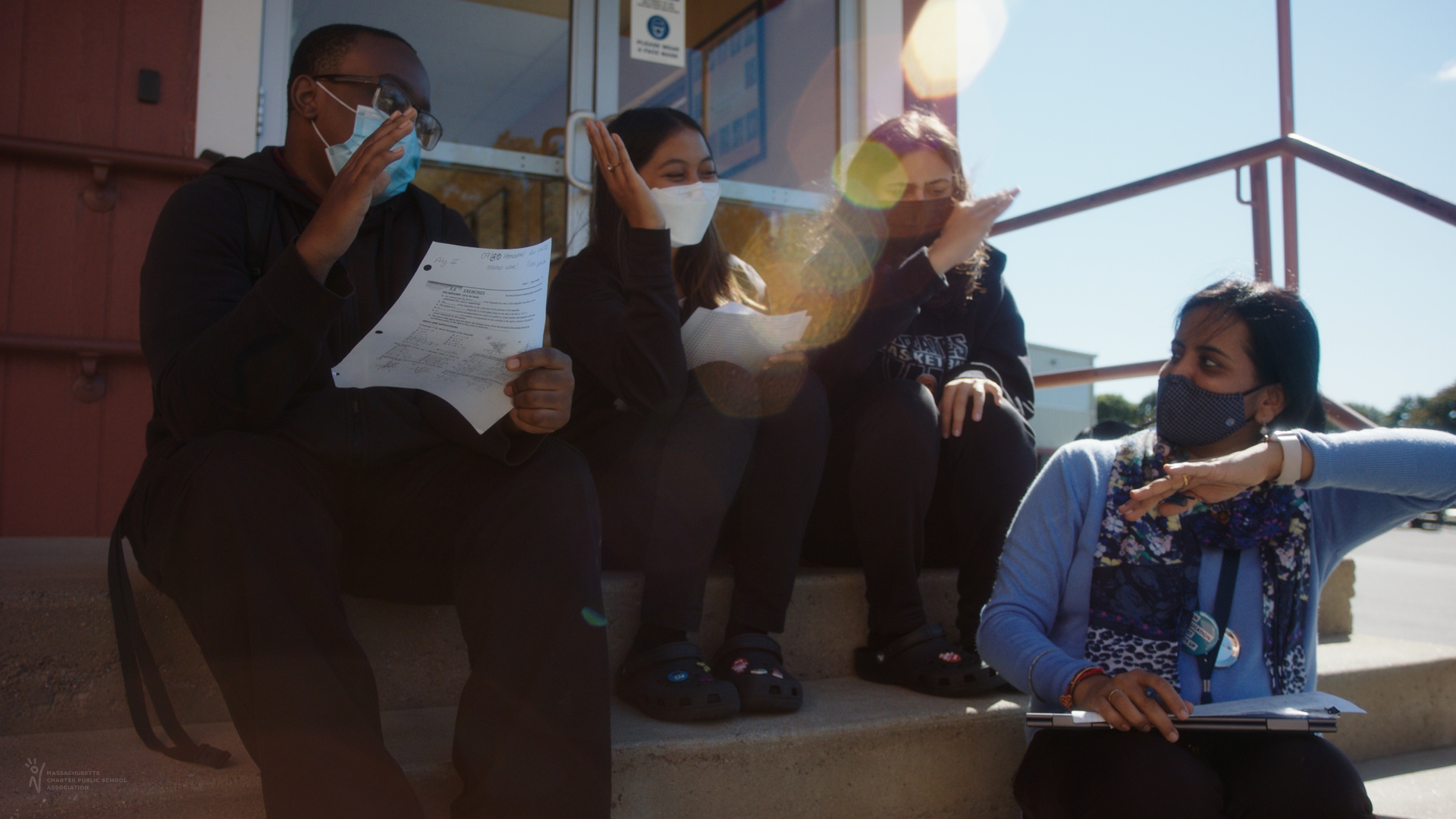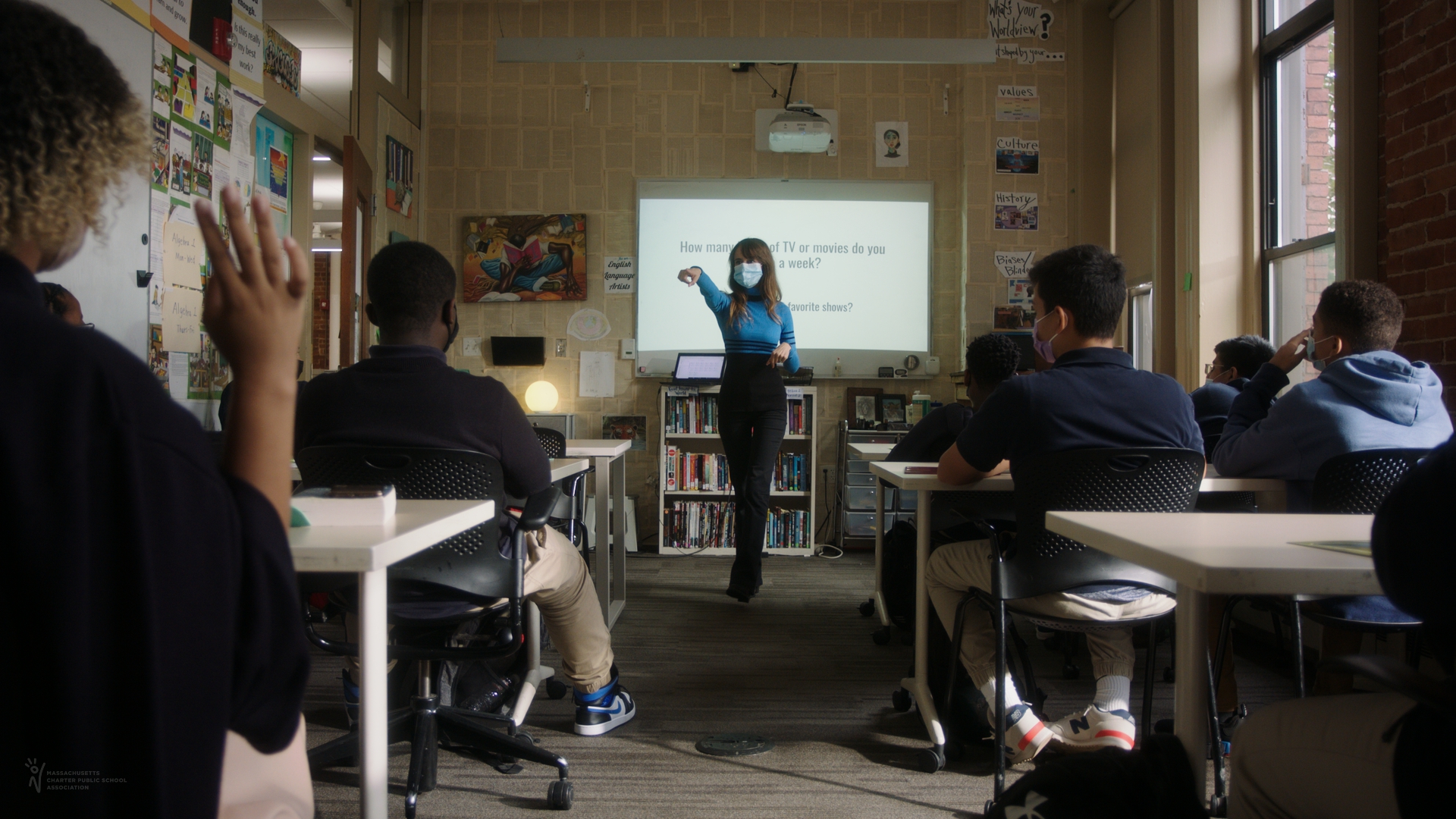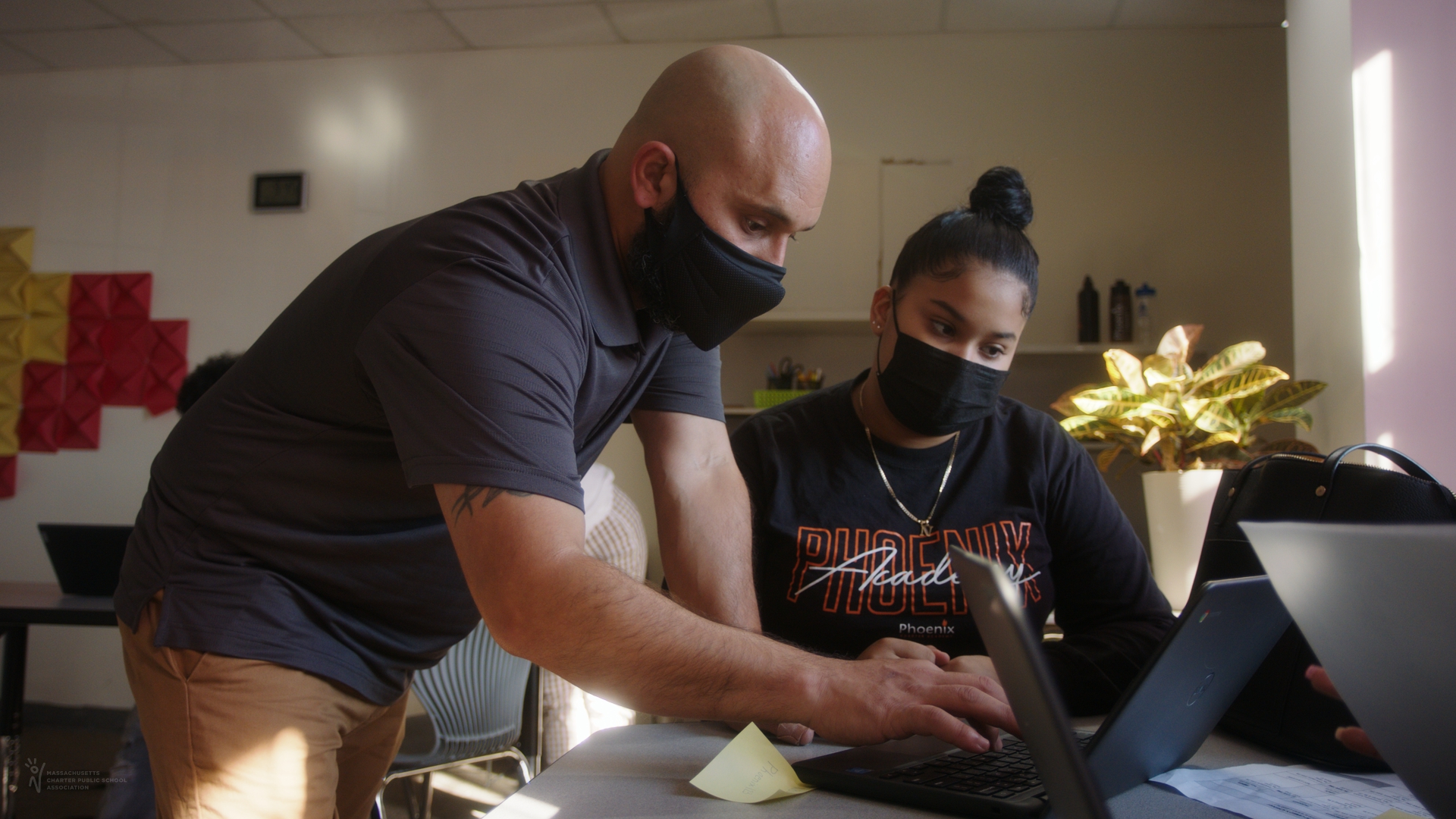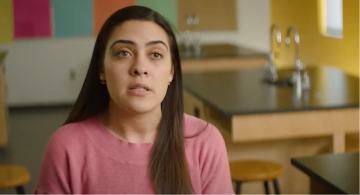WHAT ARE CHARTER PUBLIC SCHOOLS?
Charter public schools, authorized by the Education Reform Act of 1993, are an important part of the Massachusetts public school system. Since the fall of 1995, the Massachusetts charter public school sector has grown from an initial cohort of 15 schools to over 70 programmatically diverse schools across the state.
CHARTER PUBLIC SCHOOLS HAVE GREATER AUTONOMY
Schools operate under five-year “charters” granted by the Commonwealth’s Board of Elementary and Secondary Education. Charter public schools have greater flexibility in how they approach key elements of education, including:
Curriculum Design
Staffing
Teacher Leadership
Professional Development
School Culture
WHERE ARE CHARTER PUBLIC SCHOOLS IN MASSACHUSETTS?
- Students 46000
- Teachers 3000
- Charters 70
- Gateway Cities 50%
- Boston 29%
- Suburban & Rural 21%
charter public schools serve a diverse student population
*Student population data come from the Department of Elementary and Secondary Education’s School and District Profiles from SY 2022-2023 for all Commonwealth charter public schools.















